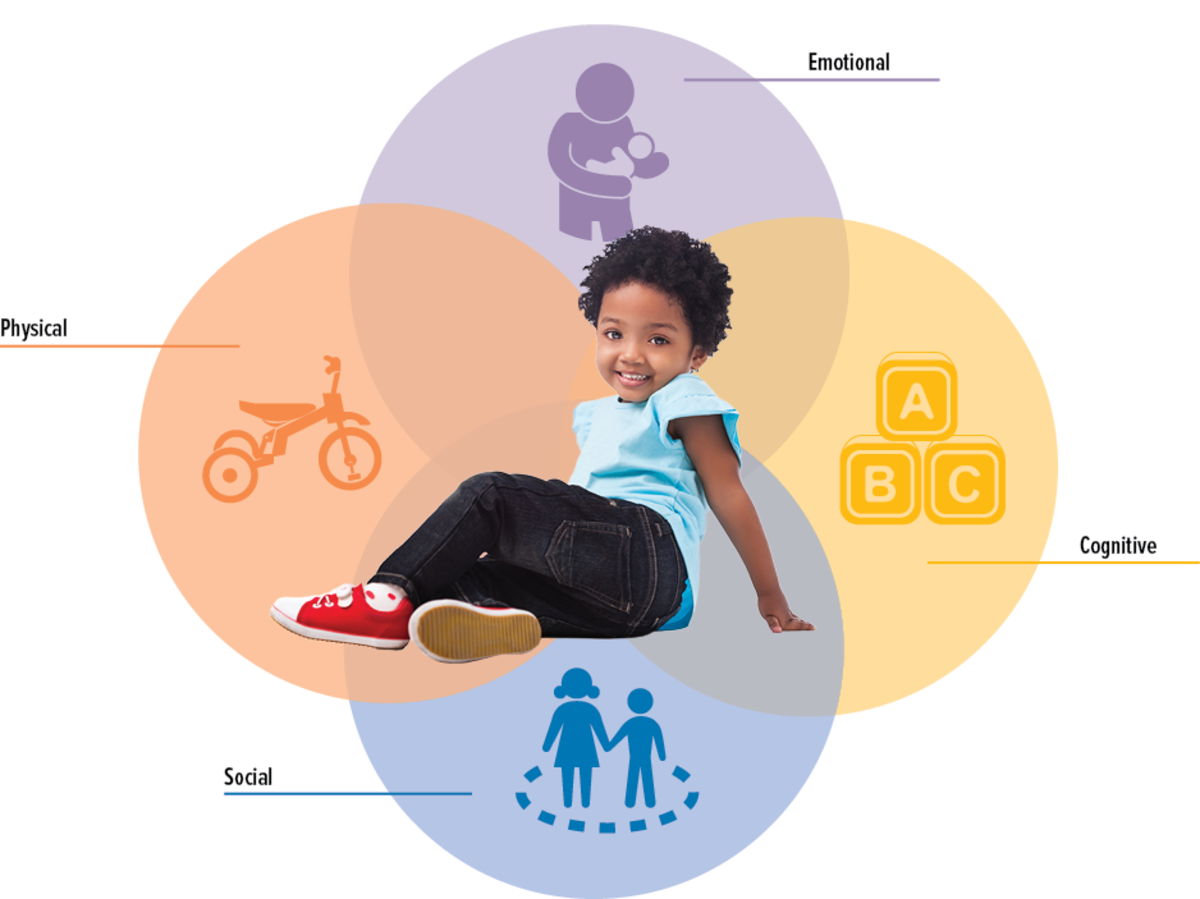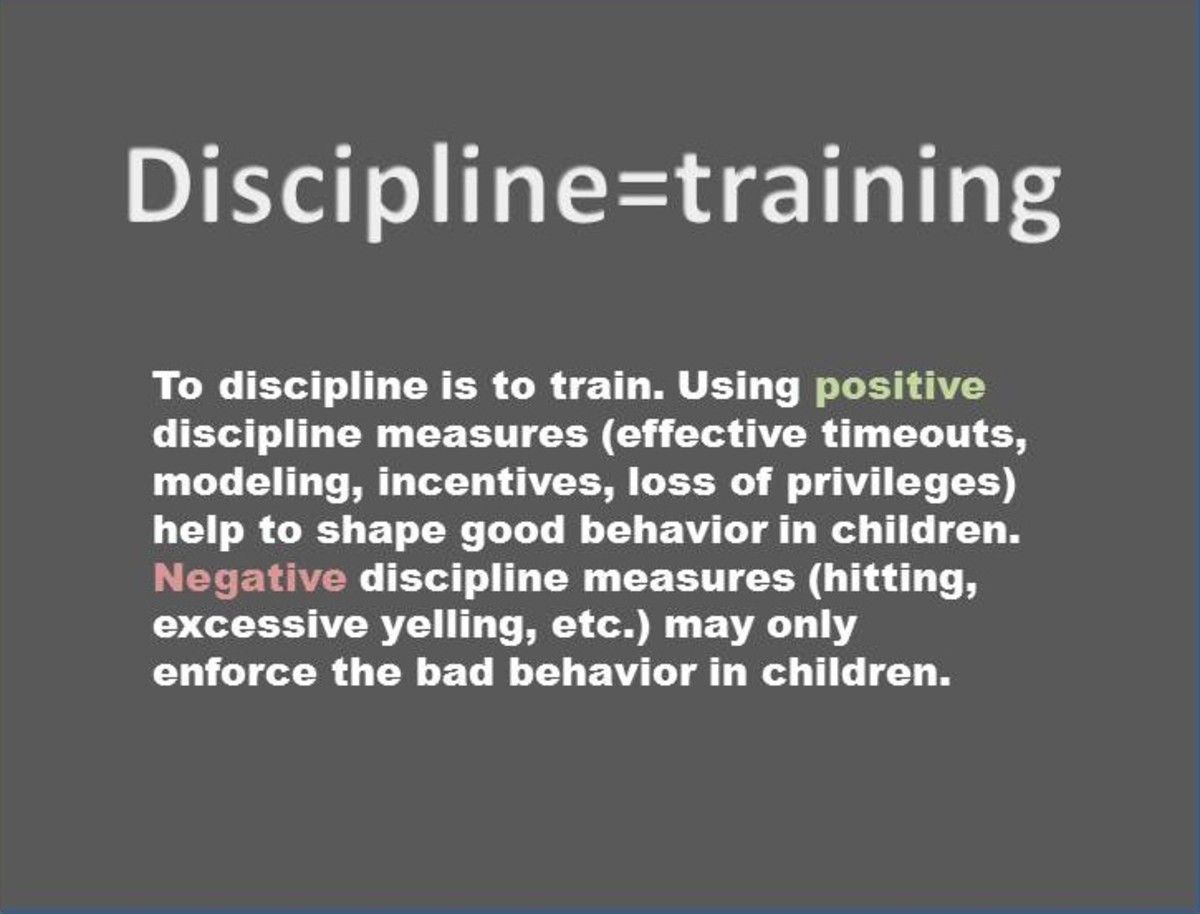Ages & Stages of Child Development

Watching your child grow is an experience every parent enjoys. As a baby grows his personality begins to emerge and the interaction between parent and child increases the questions on behavior and growth. Parents ask, "What is normal behavior for my child at this age?"
The phrase Ages & Stages of Child Development is in itself an unknown area to some parents. Simply defined, it is a child's growth process from birth to the late teens. It addresses learning styles, needs, play activity, and character or personality changes.
Piaget's Stages of Developmental
Piaget's Stages of Development
Jean Piaget (1896-1980) was a biologist who studied children's intellectual development and observed how a child's brain worked and developed to understand their environment. His theory proposed that children matured and developed in stages, beginning at 18 months. Although today some research has discovered newer learning styles within the sensorimotor and pre-operational stages, his theory is still valued and taught in early child development practice. As I recall, this was an important theory applied in my coursework and increases the understanding of how a child's mind develops and demonstrates learning style as he or she grows.
The chart below lists the ages and stages of child development as Piaget observed and published.
Four Stages of Cognitive Development
Stage
| Description
| Age Range
|
|---|---|---|
Sensorimotor
| Infant progresses from reflexive, instinctual action at birth to symbolic thought. Coordiinaton of Sensory experiences & Physical action begins.
| Birth to 2 years
|
Preoperational
| Child begins to connect words & images with surroundings. Shows increased symbolic thinking.
| 2 to 7 years
|
Concrete Operational
| Child now reasons logically about concrete events and classifies objects into sets.
| 7 to 11 years
|
Formal Operational
| Adolescent reasons in more abstract & logical ways. Increased idealistic thinking.
| 11 to 15 years
|
Learning Styles
Each child has his own unique way of learning about his world. A child will record interactions through sensory experience such as seeing, touch, taste and sound. However, each child does not respond to the same sensory learning experience in the same way. Parents may observe their child respond well to music, while another parent's child may enjoy reading (visual stimulus). One must also take into consideration the age of their child as it will also have weight on how the child progresses. Knowing how your child learns will help you to interact with her in teaching new concepts.
Ages & Stages: Birth to 18 Months
Children rapidly progress in development from birth to eighteen months of age. Most of his learning will come through his immediate surroundings and through sensory experience. Stimulating your child through play activities such as clapping, rolling, singing and reading simple books will help to increase the child's interest and promote growth.
At one month of age a baby will begin to support his own head and is awake, on average, two to three hours per day. Feeding on a regular basis, plenty of sleep and nurturing love is most needed during this stage. Parents should talk to their child frequently while holding and cuddling so the baby learns to connect sound and communication. At three months of age your baby should be able to stay awake about four to five hours per day and may begin to teethe.
At five months a child may begin to roll over and sit (with support). She may also babble and hold onto a few toys. Children during this stage begin to reach for items and make attempts at crawling. You may also notice your baby stays awake for a longer time period (two hours or more). This age benefits from a parents sharing the their world through talk, dance and play.
Nine months is a jump in developmental growth as a child begins to actively explore by crawling and pulling up on furniture. You may even find that your baby loves to be around other children at this stage. Providing play opportunities with other infants will stimulate his social skills and interest in people. Keeping baby safe is also needed as they will open doors, pull on objects and test things by putting them in their mouth. Keep household items out of reach and cabinet doors safety-locked.
Five Year Old Artistic Design

Ages & Stages:Two to Five Years
Two year olds are active learners and will challenge any parent as they explore the world around them. They feel empathy for their peers, but yet may appear self-centered in their actions. They also love show affection and respond well to parental demonstrations of love. You will hear the word "me" used as they begin to understand that they are an individual. Planning ahead with your two year old is suggested as they learn boundaries and how to schedule their daily needs and wants. Providing lots of opportunities for active play, such as climbing and running will also help a two year old to develop physically and mentally.
Three's are an open book and absorb events, storing them as important social and academic skills. Pretend play is prevalent and useful in helping them to understand reality in life situations. Problem solving and listening skills are also emergent skills that parents can help to develop at this time through play activities such as drawing or doodling, puzzles, reading books and simple pattern activities.
The five year old stage establishes strong motor control but will also a slower growth rate in the child. Children at this age need guidelines on play activities and social skills as they interact with others. They want to please but yet want to know what is expected of them. Giving children choices at this stage is crucial in helping them to learn how to make decisions. For instance, talking them through a problem in getting along with another child and how to negotiate terms (on their level) will help them socially.
As a child continues to grow through the ages and stages of child development, knowing what a child may be experiencing and developing will help parents to understand how to help him or her to develop into a responsible, well-adjusted person.






